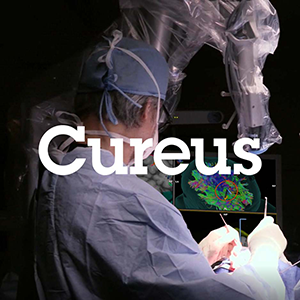
“Objective: Rett syndrome (RTT), commonly caused by methyl-CpG-binding protein 2 (MECP2) pathogenic variants, has many comorbidities. Fifty to ninety percent of children with RTT have epilepsy, which is often drug-resistant. Cannabidivarin (CBDV), a non-hallucinogenic phytocannabinoid, has shown benefit in MECP2 animal models. This phase 1 trial assessed the safety and tolerability of CBDV in female children with RTT and drug-resistant epilepsy, as well as the effect on mean monthly seizure frequency (MMSF), the electroencephalogram (EEG), and non-epilepsy comorbid symptoms.
Methods: Five female children with drug-resistant epilepsy and a pathogenic MECP2 variant were enrolled. Baseline clinical and laboratory assessments, including monthly seizure frequency, were recorded. CBDV oral solution (50 mg/ml) was prescribed and titrated to 10 mg/kg/day. Data collected included pharmacokinetics, seizure type and frequency, adverse events, EEG, and responses to the Rett Syndrome Behaviour Questionnaire and Rett Syndrome Symptom Severity Index, and were compared to baseline data.
Results: All five children reached the maximum CBDV dose of 10 mg/kg/day and had a reduction in MMSF (median = 79% reduction). Three children had MMSF reduction > 75%. This corresponded to an overall reduction in seizure frequency from 32 to 7.2 seizures per month. Ninety-one percent of adverse events were mild or moderate, and none required drug withdrawal. Sixty-two percent were judged to be unrelated to CBDV. Thirty-one percent of adverse events were identified as possibly related, of which nearly all were mild, and the remainder were later assessed as RTT symptoms. Hypersomnolence and drooling were identified as related to CBDV. No serious adverse events reported were related to CBDV. No significant change was noted in EEG or non-epilepsy-related symptoms of RTT.
Significance: A dose of 10 mg/kg/day of CBDV is safe and well tolerated in a pediatric RTT cohort and suggests improved seizure control in children with MECP2-related RTT.”
https://pubmed.ncbi.nlm.nih.gov/35364618/
“This extends current data to confirm tolerability in a pediatric population and to support trials investigating the use of CBDV in other neurodevelopmental conditions associated with drug-resistant epilepsy.”







